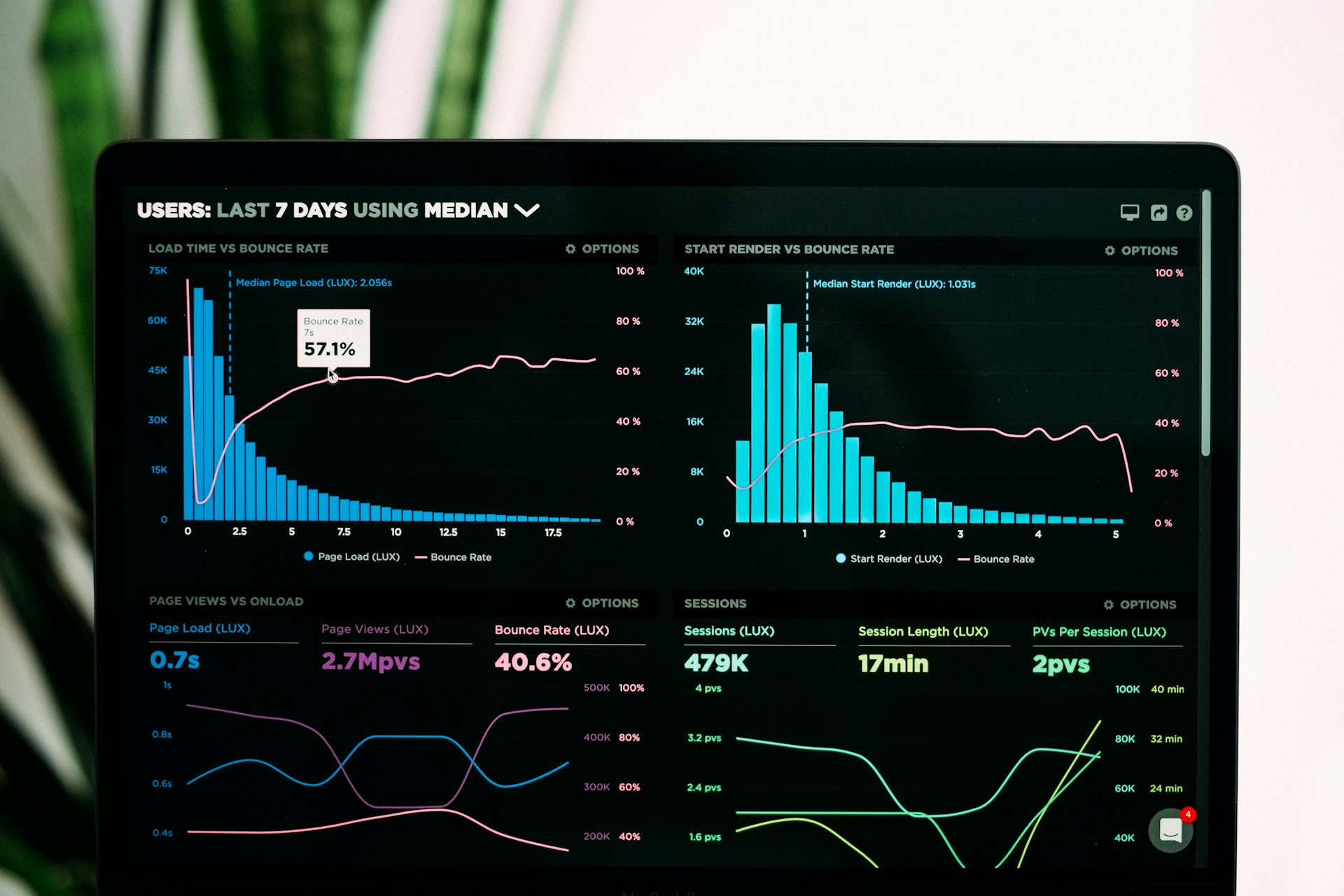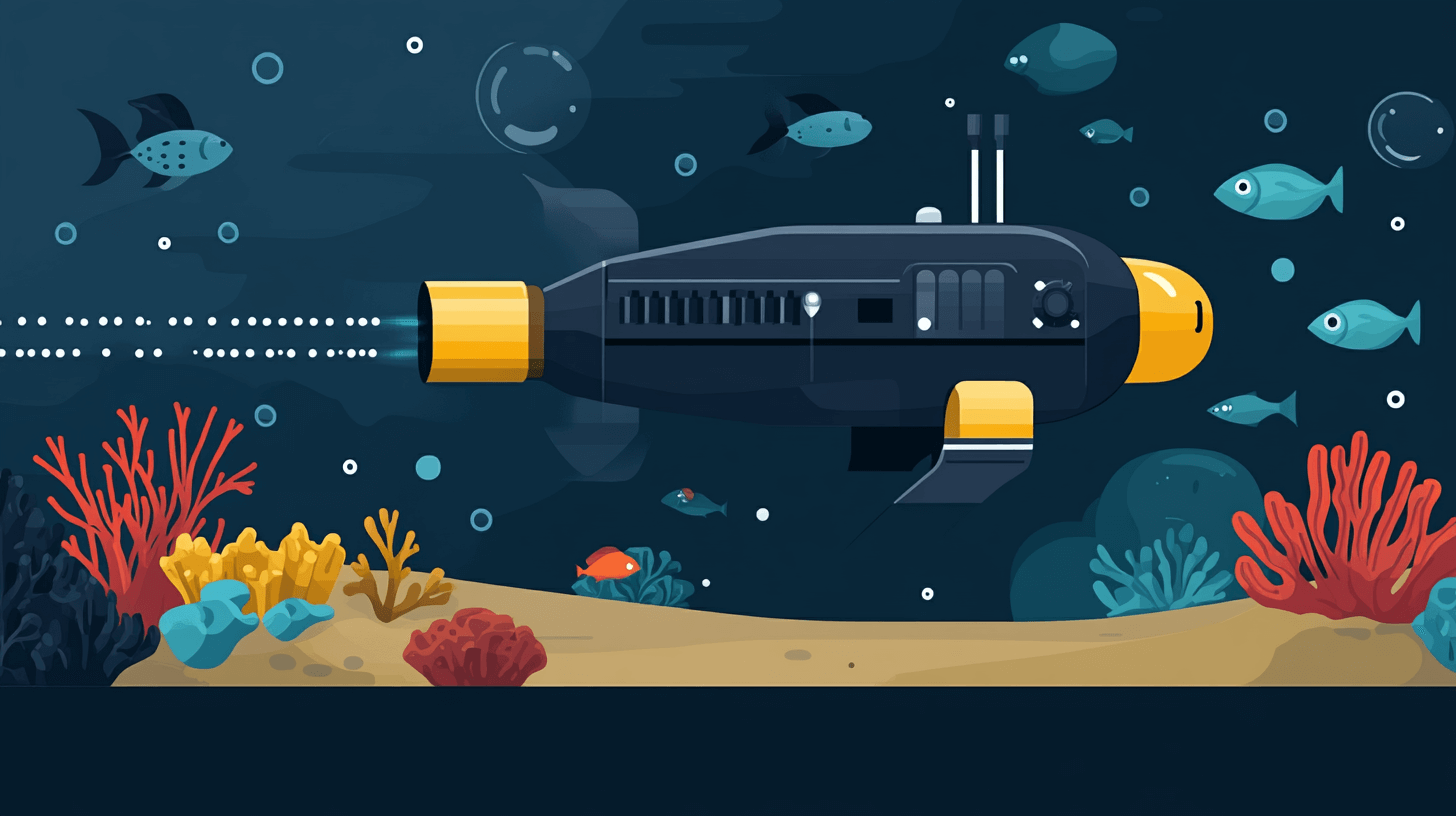
5 Breakthrough Advancements in Graph Neural Networks That Are Changing the Game
July 22, 2025 - Emily Newton
Revolutionized is reader-supported. When you buy through links on our site, we may earn an affiliate commission. Learn more here.
Graph neural networks (GNN) have significantly expanded what scientists can achieve, paving the way for impressive breakthroughs. Learning about some of them can excite people about the future and encourage them to potentially pursue careers that involve using GNN approaches.
GNN Explained
Graph neural networks apply deep learning to structures that show objects and their relationships.Traditional neural networks work on text and images. In contrast, graph neural networks can model more complex data connections, such as those associated with social media content or molecular structures. How have researchers harnessed breakthroughs in graph neural networks to advance their work?
Simplifying the Development of Medicines and Materials
Accelerating product development is essential for keeping companies competitive, especially when the items created are medications, high-tech new materials or other advancements likely to be highly in demand.
In one recent example, researchers used a graph neural network and a graph diffusion model to build a system that allows users to input plain-language queries when seeking molecules with particular properties. Graph neural networks generally require complex queries that can be difficult to interpret. However, these researchers capitalized on advancements in large language models (LLMs) to allow someone to specify characteristics such as molecular weights and capabilities and quickly find suitable candidates.
Users receive pictures of the suggested molecular structures, associated text descriptions and step-by-step plans to create them, including details of the required chemical reactions. Experiments showed that this innovation performed better than 10 standard LLMs, four fine-tuned versions and a highly advanced domain-specific method. Additionally, this approach boosted retrosynthetic planning by 30%, resulting in higher-quality molecules that cost less to create than their counterparts.
One current limitation of this tool is that all its molecule designs use a template featuring 10 characteristics, so all results include some of them. However, the developers want to create improved versions that could consist of any molecular property.
Shortening the Time to Create Fluid Simulations
Engineers use fluid simulations when developing everything from ships to offshore power plants. They also improve real-time ocean monitoring. However, the traditional ways of creating them are incredibly time-consuming. Researchers used graph neural networks to overcome that challenge.
Experiments showed this new approach shortened the computation time frame to only three minutes, although it previously took 45. Even though this method is much more efficient, it is also as accurate as traditional particle-based simulations, making it of significant interest to professionals who regularly study fluid dynamics in their work.
These efforts began when the team identified the essential components of high-precision fluid calculations by comparing various training conditions. Next, they examined how well their graph neural network-based model adapted to different simulation speeds and fluid movements. Those details showed how well it would work in real-world conditions.
Based on the results, those involved believe this fluid simulation improvement could enhance people’s design processes while opening opportunities for real-time fluid analysis. This is an excellent example of what dedicated individuals can achieve when working together to solve known problems.
Personalizing Bladder Cancer Treatments
Researchers have made significant progress in applying digital technologies to improve health outcomes. Many of these efforts center on person-specific interventions rather than those designed for the masses. Although some treatments in the latter category work well for patients, others have minor or no effects. Those are particularly frustrating if they cause life-disrupting side effects. Could graph neural networks help? Some researchers have applied them and gotten impressive outcomes.
In one example, a team developed a model to predict how well patients with certain types of bladder cancer will respond to chemotherapy treatments. Those involved said this approach could allow personalizing treatments for individual parties and prevent them from needing bladder-removal surgeries.
A central part of their work involved combining images of prepared tumor samples with gene expression profiles that show which genes are activated versus deactivated. Graph neural networks analyzed these images to indicate the types of cells at tumor sites.
Training and testing their artificial intelligence model with that data resulted in better clinical response predictions than the images or gene-expression details alone. Although their early results were exciting, they plan to enhance their system even more by feeding more data types into it and using it to test some hypotheses about factors that may affect how well people respond to tumor-fighting methods.
Reducing Methane Emissions
Methane emissions associated with animal agriculture have been central to the climate change debate, especially considering the vast quantities of animals living on the most populous farms. Researchers seeking solutions have applied graph neural networks to data about previously discovered options to find improved methane-inhibition possibilities.
More specifically, their graph neural networks show how certain molecules behave once in cows’ stomachs. That information allowed scientists to study the associated biochemical fingerprints that reveal why single molecules reduce methane emissions while the other 50,000 present in the animal’s rumen do not have that effect.
The scientists working on this project eventually identified 15 molecules that seem to share numerous characteristics with bromoform, which reduces cattle methane emissions and is naturally found in seaweed. However, since research also identified it as a carcinogen, people have been eager to find safer solutions. Graph neural networks could hold the clues in that important work.
Predicting and Controlling the Spread of Pandemics
The massive disruptions associated with the COVID-19 pandemic were sobering reminders that public health officials, business executives and others need to invest in methods that help them predict the next health threats. Additionally, those involved in safeguarding others’ well-being should investigate the best ways to control how rapidly pandemics can spread.
Scientists used graph neural networks and other advanced technologies to examine possibilities for mitigating the spread of future pandemics while exerting minimal changes on people’s air travel behaviors. Progress could cause significantly different results compared to the COVID-19 pandemic, which significantly restricted and changed what it meant to travel by plane.
Spatiotemporal graph neural networks allowed those working on the project to find links between different locations and times, examining how those factors related to the pandemic’s spread. Their results showed which air travel aspects have the biggest impacts on how easily people become infected by contagions. Relatedly, they explored which flight-related reductions in high-sensitivity areas would lower global case numbers.
Public health officials know future pandemics are inevitable. Fortunately, research such as this could allow authorities to set restrictions that have the desired results without forcing people to make tremendous lifestyle changes.
Furthering Science With Graph Neural Networks
These fascinating examples explain why many scientists turn to graph neural networks to increase the real-world impacts of their important work. People interested in science as enthusiasts or professionals should continue tracking such developments to see what’s next.
Revolutionized is reader-supported. When you buy through links on our site, we may earn an affiliate commission. Learn more here.
Author
Emily Newton
Emily Newton is a technology and industrial journalist and the Editor in Chief of Revolutionized. She manages the sites publishing schedule, SEO optimization and content strategy. Emily enjoys writing and researching articles about how technology is changing every industry. When she isn't working, Emily enjoys playing video games or curling up with a good book.







